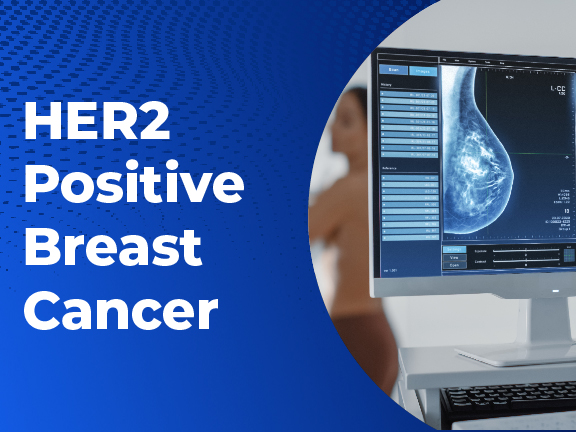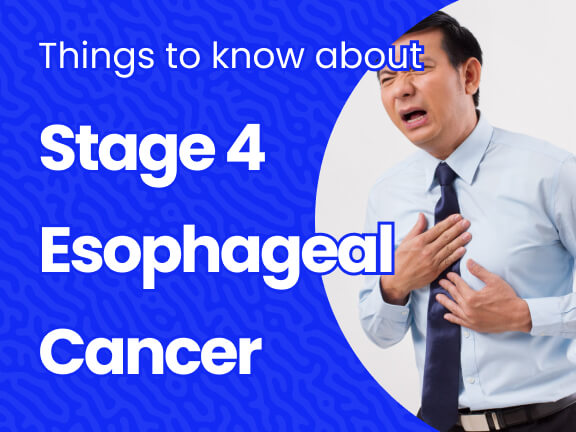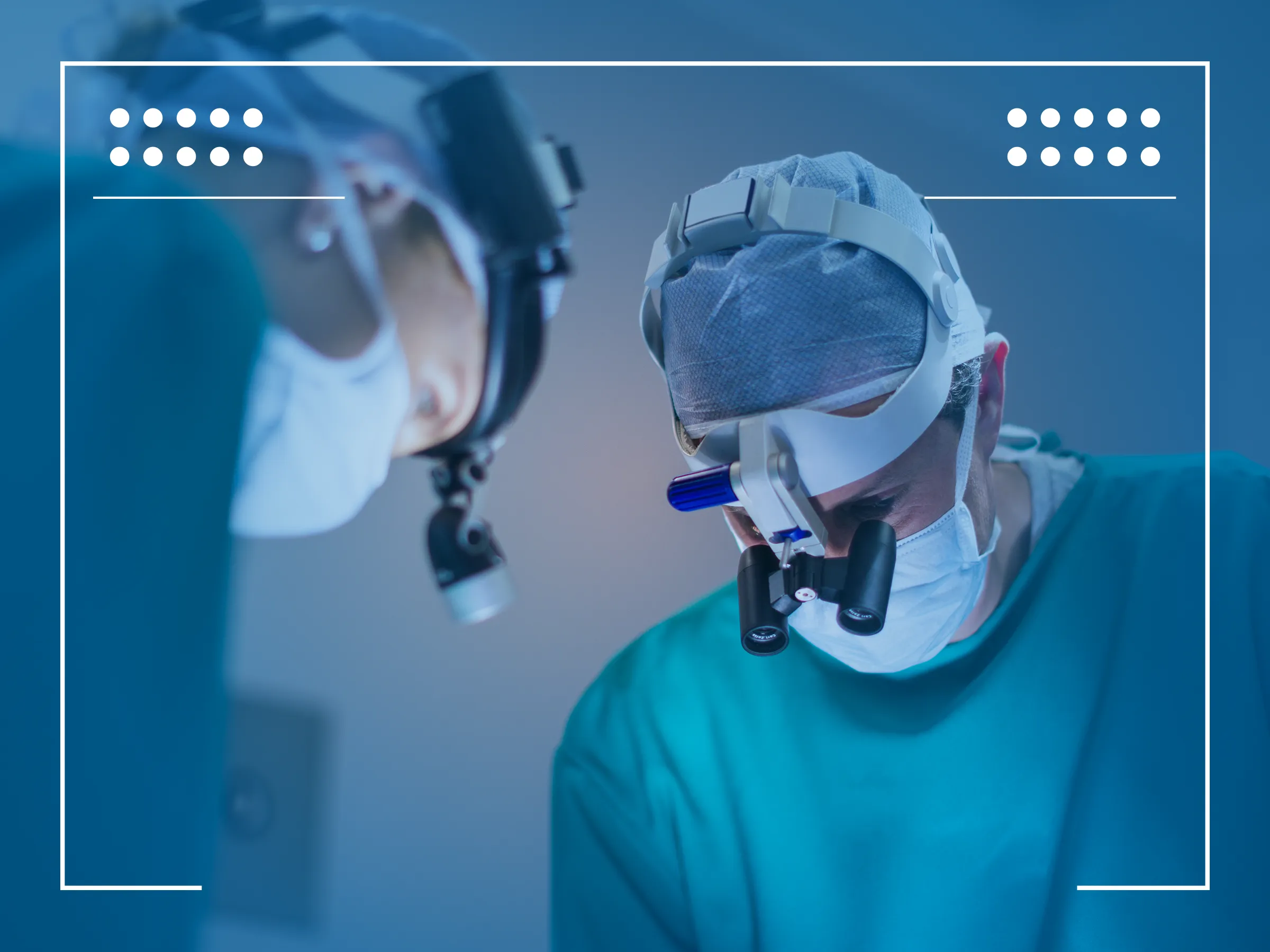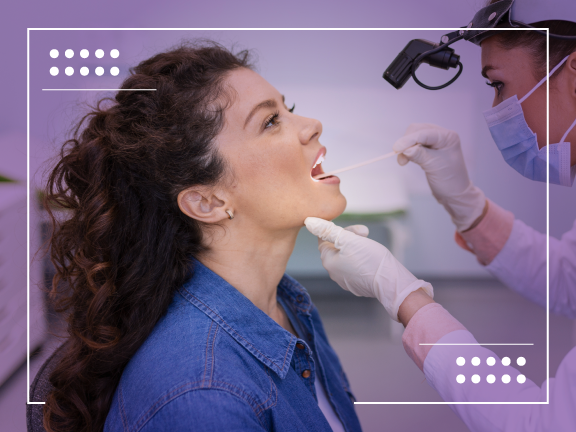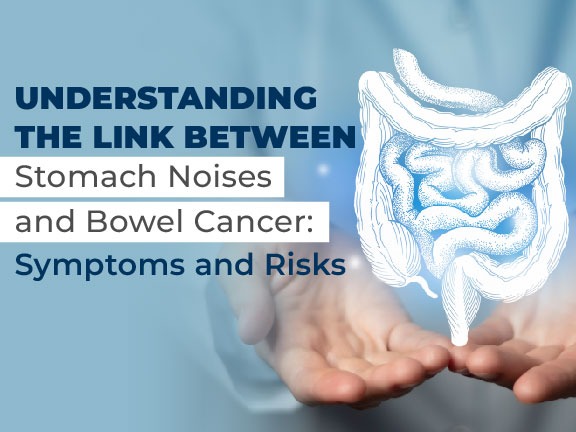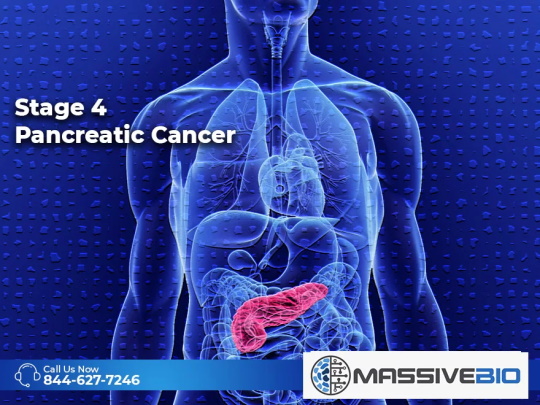Introduction
Her2 positive breast cancer is an aggressive form of breast cancer that occurs when the HER2 gene is abnormally activated. Her2 positive breast cancer accounts for about 15% of all breast cancers, but up to 30% of patients with metastatic disease will have this type of breast cancer. While it can be difficult to detect by pathology alone, there are identifiable molecular markers that allow doctors to measure the level of expression and activity in tumor cells. The most commonly used marker called PIK3CA is measured using immunohistochemistry (IHC) techniques.
Her2 is a powerful protein that causes some breast cancers to grow.
Her2 is a powerful protein that causes some breast cancers to grow.
It is made by the HER2 gene, which is part of the epidermal growth factor receptor (EGFR) family. This family of proteins has many different functions in our bodies, including control over cell growth and division. They also influence how healthy cells behave too!
Treatment can include surgery to remove the breast cancer.
Surgery is the most common treatment for breast cancer. It’s also the only treatment for some breast cancers. Surgery can remove the cancer and some of the surrounding tissue. If you have Her2+ breast cancer, your surgeon will likely try to remove as much of both lobes as possible, but not all of it. This leaves you with a smaller chest overall and may affect your body image or self-confidence about how you look.
Some women then choose to get breast reconstruction surgery after their mastectomy (removal) surgery has healed. Breast reconstruction uses new implants or tissue from other parts of your body to make a new breast that looks and feels like it did before surgery.
Chemotherapy drugs are used to kill the cancer cells.
Chemotherapy is the use of drug to kill cancer cells. It is given into a vein (intravenous) or under the skin (topical). It may also be given directly into the bladder or uterus if these areas have been affected by cancer. There are many different types of chemotherapy drugs but they all work in a similar way:
The drugs enter your bloodstream and travel through your body looking for cancer cells to kill. They destroy the DNA inside them, stopping them from dividing and growing.
Chemotherapy can cause side effects such as nausea, vomiting and hair loss. Most people also feel tired when having chemotherapy treatments but it’s important not to let this stop you from doing things if you feel energetic enough – being active helps you recover quicker from treatment!
Radiation therapy uses beams of energy to destroy the cancer cells.
Radiation therapy uses beams of energy to destroy cancer cells. The type of radiation used in radiation therapy depends on the size, shape, and location of the tumor. In general, external beam radiation is used to treat cancers that have spread outside the breast. Internal radiation therapy involves placing radioactive material inside your body to kill cancer cells where they are growing. Radiation treatments may be given alone or with other types of treatments such as surgery or chemotherapy (chemo). Radiation therapy can be used to treat breast cancer that has spread to other parts of your body as well as early stage breast cancer that has not yet spread beyond your breast
Hormone therapy can help stop breast cancer cells from growing and spreading.
Hormone therapy can help stop breast cancer cells from growing and spreading. It works by preventing the ovaries or testicles from making estrogen. Estrogen is the female hormone that fuels the growth of breast cancer cells.
Hormone therapy is also known as endocrine therapy. Hormone therapy may be used alone or with other treatments for advanced HER2-positive stage IV breast cancer that has spread to other parts of your body (metastatic).
Targeted therapy may be used with other treatments.
If a genetic mutation is the cause of your breast cancer, targeted therapy may be an option. Targeted therapy drugs work by blocking or slowing the activity of specific proteins that help cancer cells grow and divide. Targeted therapies are sometimes called molecularly targeted therapies because they target specific genes or pathways involved in cancer growth and spread.
Examples of targeted therapies include trastuzumab (Herceptin), lapatinib (Tykerb) and gefitinib (Iressa). These medications block signals that tell cells to grow, stop growing or divide more quickly than they should. They also reduce inflammation in breast cancers that have HER2 gene changes.
Her2 positive breast cancer is treated with many different methods, including surgery, radiation, chemotherapy and hormone therapy.
Her2 positive breast cancer is treated with many different methods, including surgery, radiation, chemotherapy and hormone therapy.
Surgery can be used to remove the tumor or tumors from your body in cases where they are large enough to be seen by the naked eye or felt through touch. Surgery may also be used as a follow-up treatment after radiation therapy if there are areas of remaining disease after radiotherapy has finished. Radiation therapy uses high-energy waves to kill cancer cells and shrink tumors in the breast area. Chemotherapy is used most often when tumors have spread outside of your breast area but still remains within your body (metastatic). It’s also sometimes given as the first treatment for patients whose cancers haven’t spread yet (locally advanced). Hormone therapy works by blocking estrogen receptors that feed into cancer cells so they can’t grow inside your body anymore. It’s usually given after other treatments because it helps keep any remaining cancer cells from growing back into new tumors on their own after surgery/radiation/chemotherapy.”
Conclusion
Her2 positive breast cancer is a difficult disease to treat, but new treatments and research are changing the landscape for women with this type of breast cancer. By learning about what it means to have Her2 positive breast cancer, you can take control of your treatment by talking with your doctor about what options are best for you.



